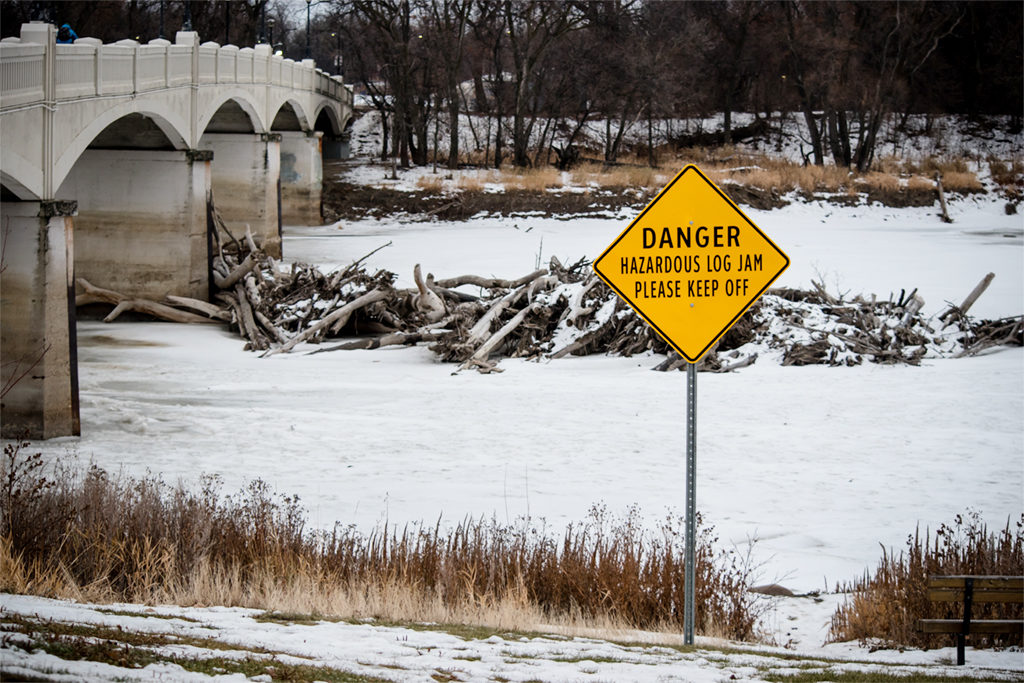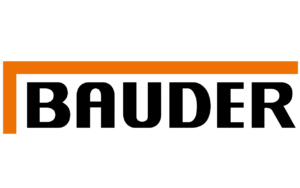Alligators and lumberjacks

“The objective of all dedicated employees should be to thoroughly analyse all situations, anticipate all problems prior to their occurrence, have answers for these problems, and move swiftly to solve these problems when called upon. However, when you are up to your ass in alligators it is difficult to remind yourself your initial objective was to drain the swamp.”
I first saw this as a kid on the wall of my dad’s study and it stayed with me ever since. I have recently looked at the origin and there are various people and political situations that get a mention! I also looked in Wikipedia, that resource of absolute fact. They translated the expression to:
“When performing a long and complex task, and when you are utterly immersed in secondary and tertiary unexpected tangential subtasks, it’s easy to lose sight of the initial objective. This sort of distraction can be particularly problematic if the all-consuming subtask or sub-subtask is not, after all, particularly vital to the original, primary goal, but ends up sucking up time and resources (out of all proportion to its actual importance) only because it seems so urgent.”
So, this is all about prioritising what is urgent versus what is important. What I have found in a number of the organisation development projects VA is supporting is the pervading sense that everything is important, and everything is urgent.
For many leaders this is really stressful as the decision to do one thing rather than something else is rarely cut and dry. The complexity of today’s environment and the constantly changing context in which we seek to do business demands a different level of thinking and a mindset that is at least equal to the wicked problems that we encounter. Trying to analyse everything to identify what is the absolute priority before making a decision can mean that by the time you have done that the priority analysis you’ve made is no longer valid. This scientific Tayloristic approach is broken and we now live in a world of VUCA and complex relationships, transformation rather than transaction.
What does this mean for a leadership team seeking to navigate these turbulent waters? Well I think you have to hold many things lightly while also testing and acting on the issues which you believe are most important. Doing nothing is not an option, that is paralysis. Acting on everything is denying the complex connected nature of the business ecosystem. Everything in your system is connected, so being agile and responsive is most important. Individual leaders and also leadership teams must be able to handle the adaptive nature of today and tomorrow’s changes. This demands leaders to be well connected to their people, good at listening and questioning and able to lift themselves out of the weeds and see the wider system. They need to inspire people and also uncover and address conflict and things which create anxiety for their people.
Back to making decisions, leadership teams must make decisions but not do everything as a priority. Someone once said that if you have more than three priorities you don’t have any!

Leadership teams must be like Canadian lumberjacks. Their job is to cut down trees and get them to the sawmill by floating them down river. At times, their real job kicks in, when the logs jam up when a river narrows. This is when the team have to go out onto the log jam with chain saws and ropes and deal with the blockage. They must identify the key logs and deal with them first by cutting them up or turning them around or removing them enabling the rest to flow down river again. Understand that they don’t deal with all the logs, only the ones that will have the most impact on the flow. Further down river there will be others, so staying close is important.
So, think of yourself and your leadership team as lumberjacks, arm yourself with chainsaws, do the training to use them and get out there on the log jam and start the real work!
Written by Rob Kelly.
Back to the Knowledge Hub




















